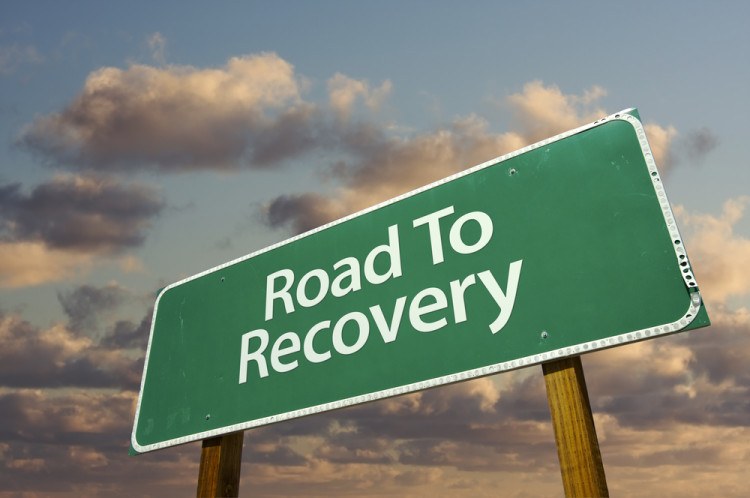by FHS Students
Ms. French’s CWP Class
Overcoming Heroin
Herona was addicted to heroin. She was introduced to it when her doctor proscribed OxyContin to help ease her pain from a car accident. Eventually she felt OxyContin wasn’t enough so she moved on to what she thought was the next best thing … heroin. She used it every day.
Her parents eventually told her if she didn’t quit she would no longer be accepted as a member of the family. Herona ignored them and soon found herself living out on the streets. She went on using the drug for a few years. She wanted to stop but didn’t know how.
One day in the park she saw a little girl playing with her parents. Herona felt a little tug of loneliness and longing in her heart. She weighed the difference of feeling love and belonging, which would last for a lifetime, between a drug which would only make you feel good for a little while. Herona decided that she would rather be with her family and from there she went in search of help.
Herona talked with a few people and found out a good place to go was rehab. She searched for a place online and found a place which she felt would be really helpful. Once she got settled into her chosen rehab center she began the process of withdrawal. Slowly but surely Herona went through the withdrawal symptoms.
The symptoms consist of feverish chills, depression, insomnia, restless legs, aching muscles, anxiety, upset stomach and kindling (progressive worsening of acute withdrawal). She was lucky to have someone there to help her go through the process. The withdrawal symptoms seemed to take forever but she was finally ready for the next step.
The next step was to go through the detox process. In total there were six different options to complete the detox process. Herona went with the sixth option because she heard it had had the best results. The sixth option is heroin detox at a residential addiction treatment center. This option allows you to be detoxed in a safe place, in a controlled environment and receive treatment. There is also a pretty good chance some of the staff members used to be addicts themselves.
Herona’s stay in rehab would be dependent on her individual addiction; shorter usage equates to a shorter stay. To make sure she stayed sober, Herona agreed to participate in the 12-step meetings offered there, service work and meditation. She called her parents to tell them the good news. Her family came over to the rehab center to make sure what their daughter was saying was true.
The rehab assistant who had helped her through the process explained to the parents all the steps she took to become sober and what she promised to do to stay sober. Once things were all cleared up, Herona was allowed to move back in with her family. It was the best feeling she had had in a long time.
Solutions to
the heroin epidemic
Heroin is one of the greatest problems we face in America, but there is hope. Let us consider some solutions to help get rid of the problem, such as what Portugal did for its epidemic, how the government is helping, and lastly we are looking into what the inpatient and outpatient centers are doing to help as well.
Decriminalization in Portugal is helping its people by letting them decide if they want help. When Portugal decriminalized the use of drugs, the amount of users decreased to the lowest rates in 15 years, causing the overdose rate to decrease. The overdose death rate in Portugal has decreased from 80 per year to 16 per year in 2012 since decriminalization.
Drugs still are illegal to sell in Portugal, but the police are only arresting the dealers and traffickers while leaving the users alone. The cops are finding large amounts of drugs and are taking them to a building to be burned so nobody can use them. Some nonprofit organizations have been known to give clean needles and pipes to stop disease, such as hepatitis and HIV, from spreading in Portugal.
The FDA wants to make an app like Yelp for Naloxone — instead of locating restaurants it locates emergency responders. Naloxone is a type of medicine that blocks the drug from getting to the receptors that are affected. Computer coders are being called in to submit entries to the 2016 Naloxone App competition.
The program is being developed under the America COMPETES (Creating Opportunities to Meaningfully Promote Excellence in Technology, Education and Science) Reauthorization Act of 2010. When the app is made and people have it, first responders can give Naloxone to people who are overdosing. In November, Walgreens intends to sell Naloxone and Narcan without prescription in states that it is legal.
There are two types of treatment that are available: inpatient and outpatient. Inpatient is a more effective treatment because you are less likely to relapse afterwards. Inpatient treatment requires a patient to check into a facility and remain there for the entire length of the program. That could be as long as 90 days or as short as 28 days.
Outpatient treatment allows patients to go through treatment at a rehabilitation at a center, but patients are allowed to stay at home. Patients are required to call or check in with the facility on certain days. The chances of relapse after outpatient rehab are very high since patients are allowed to leave the facility and are around drugs which could provide a trigger for relapse.



